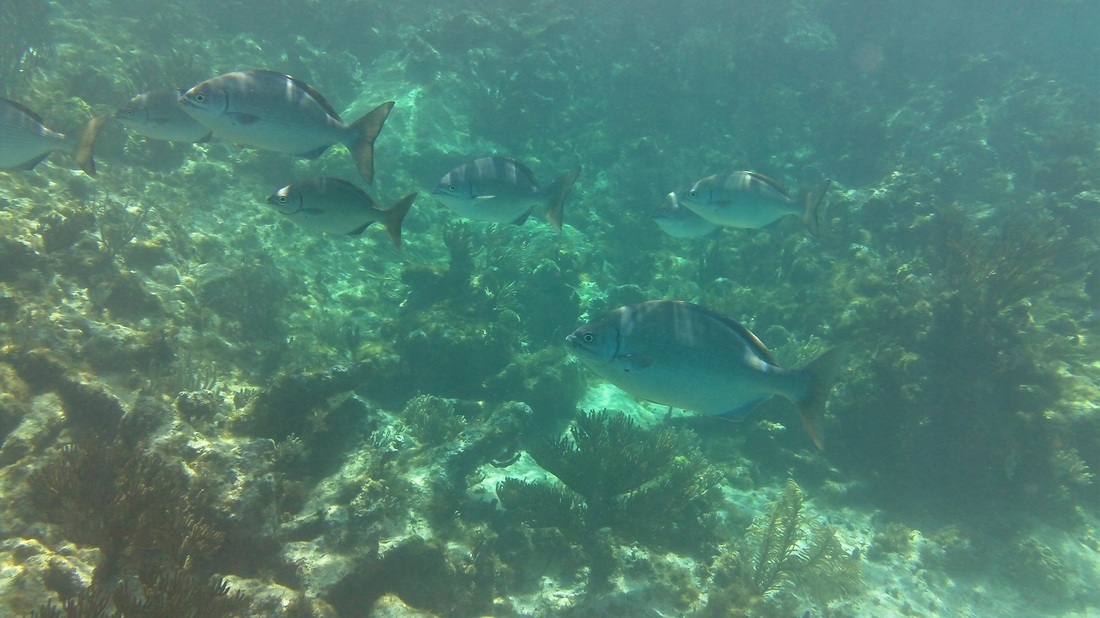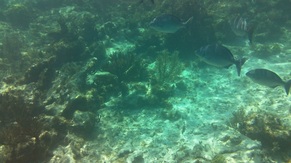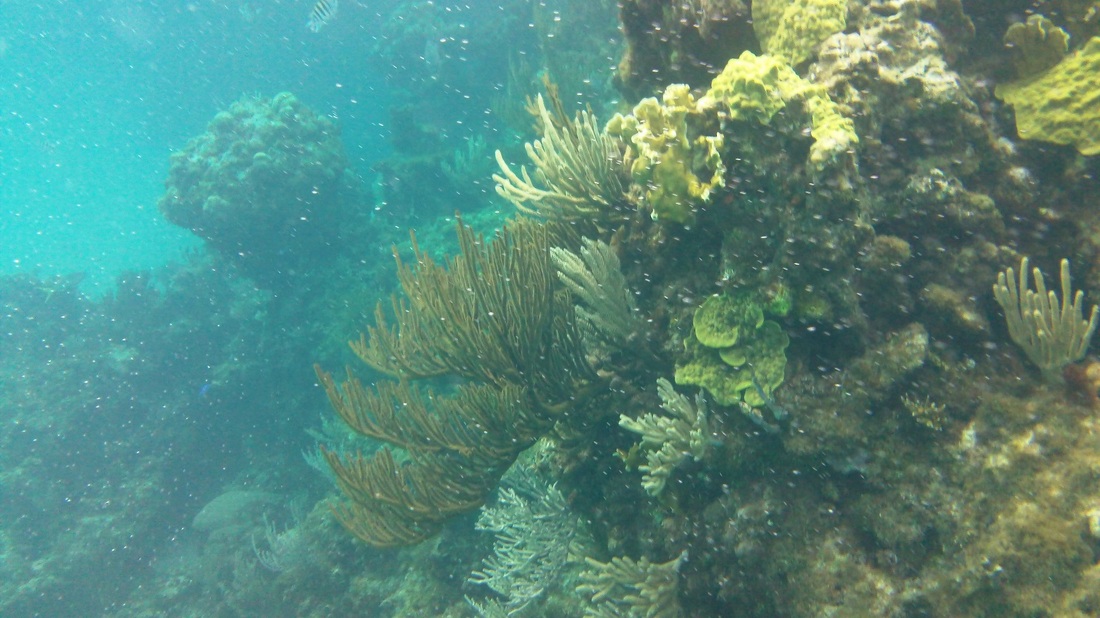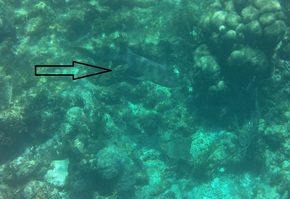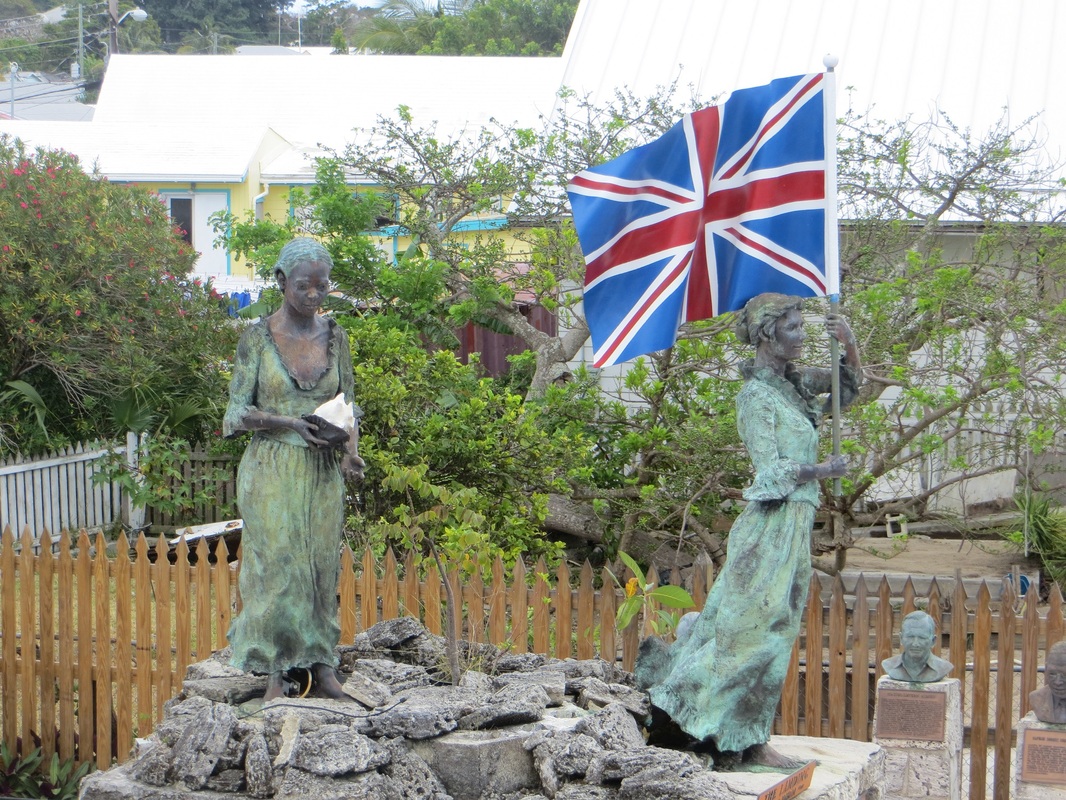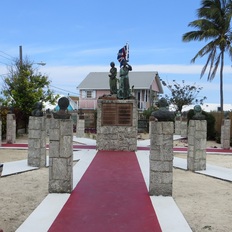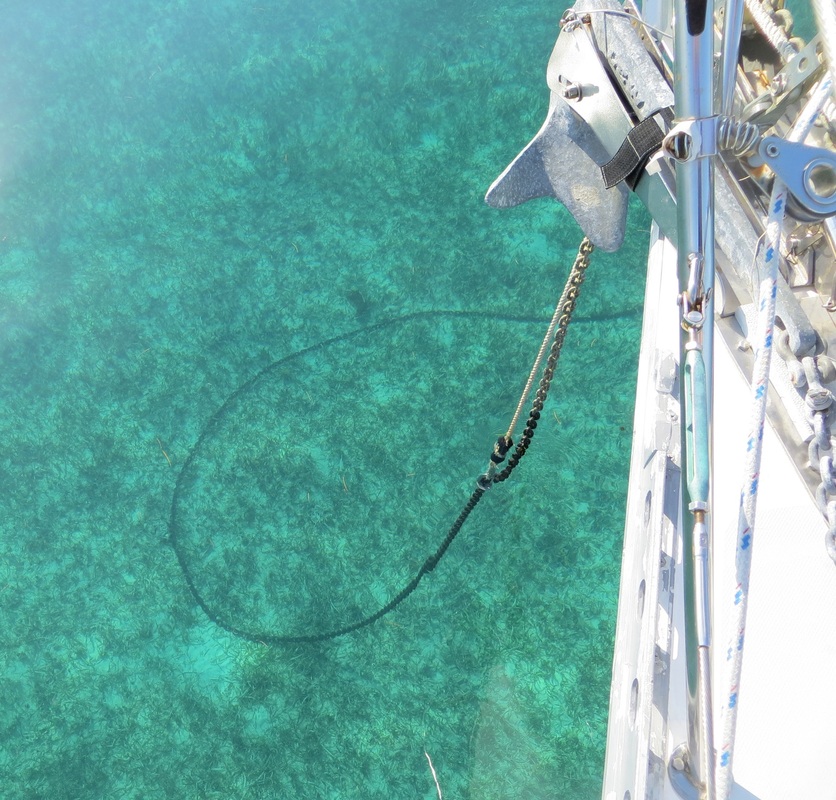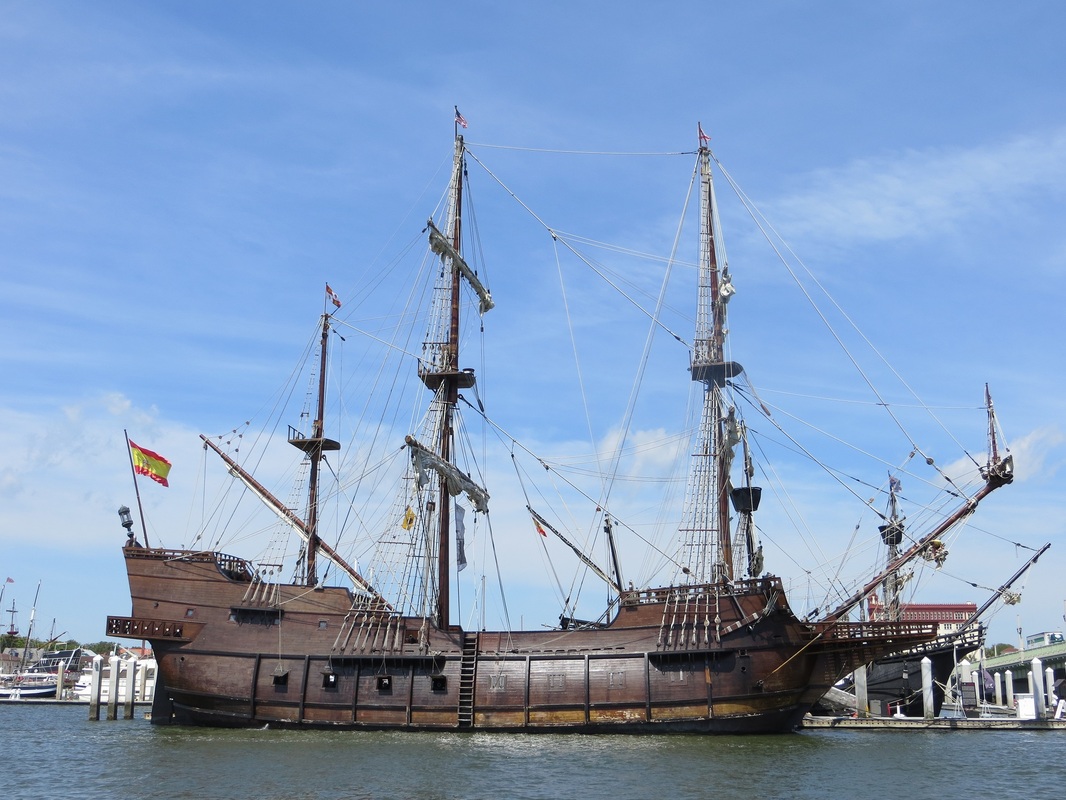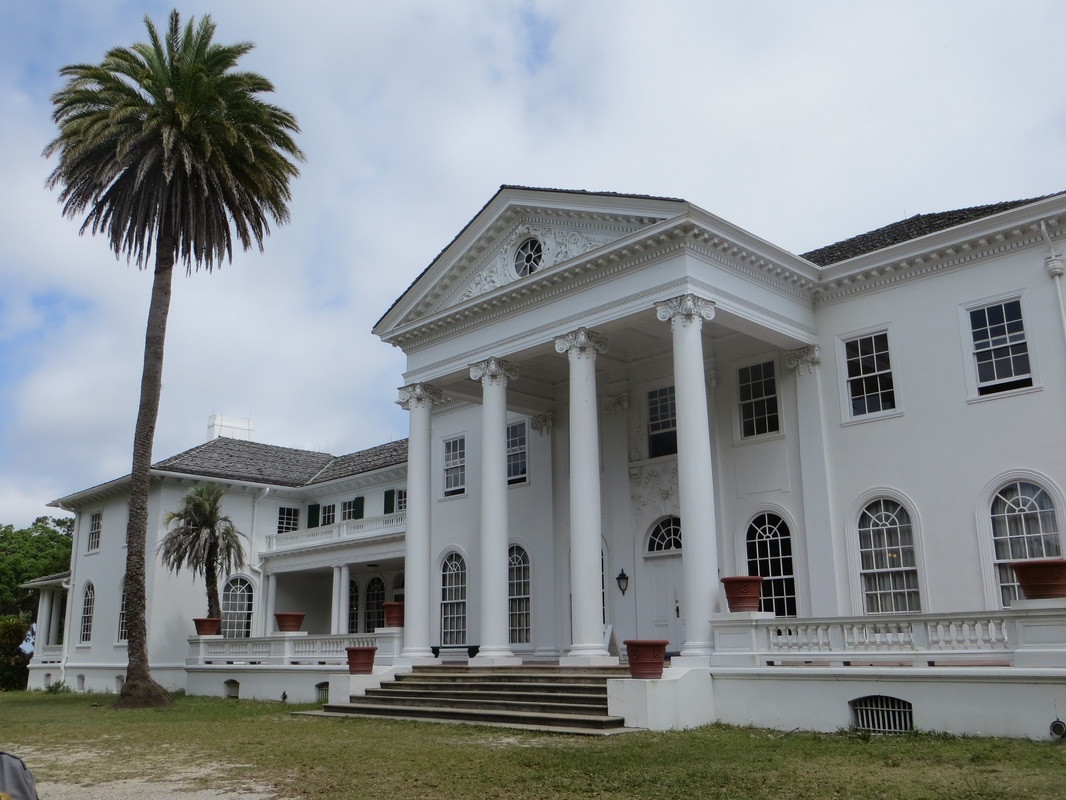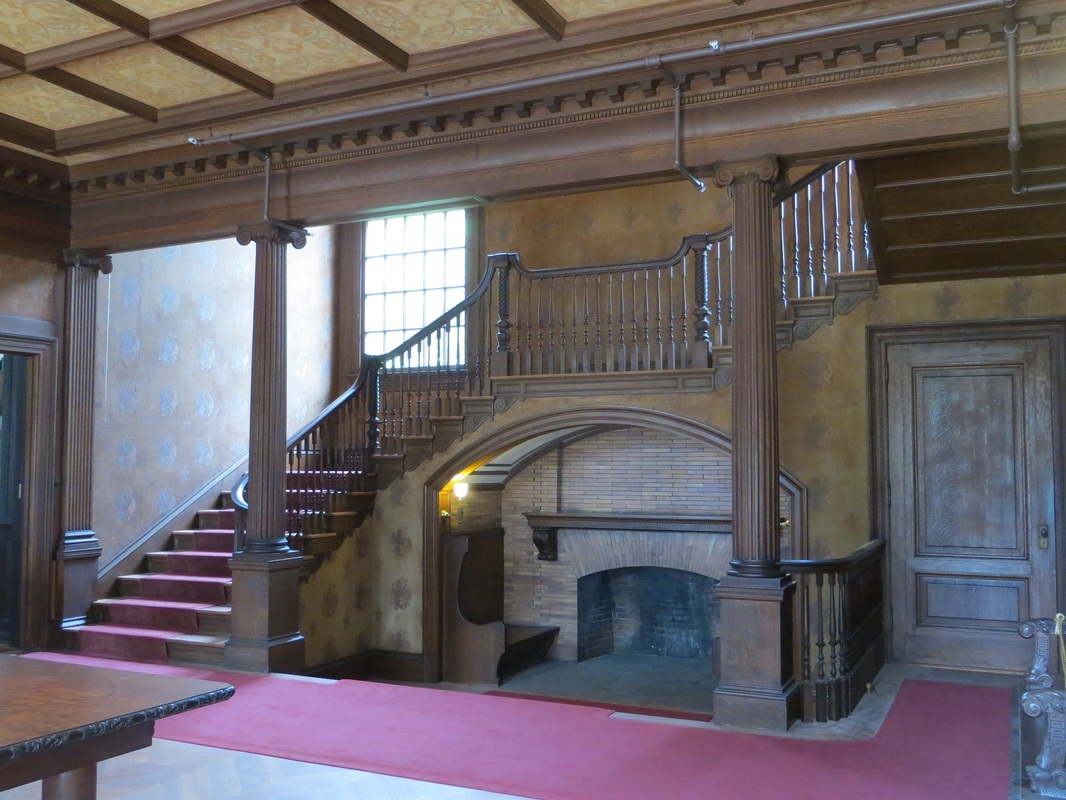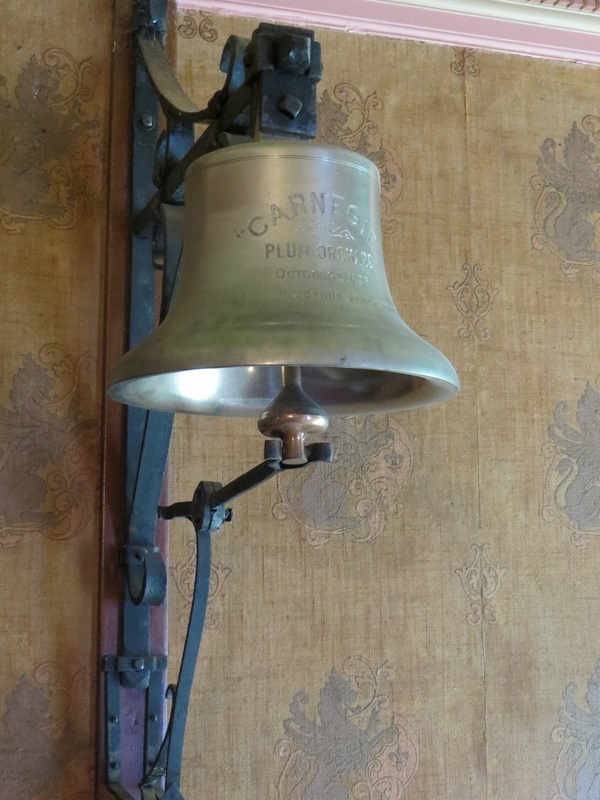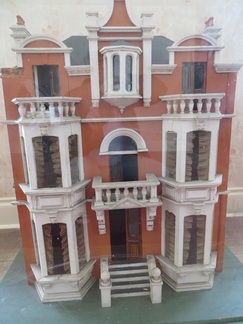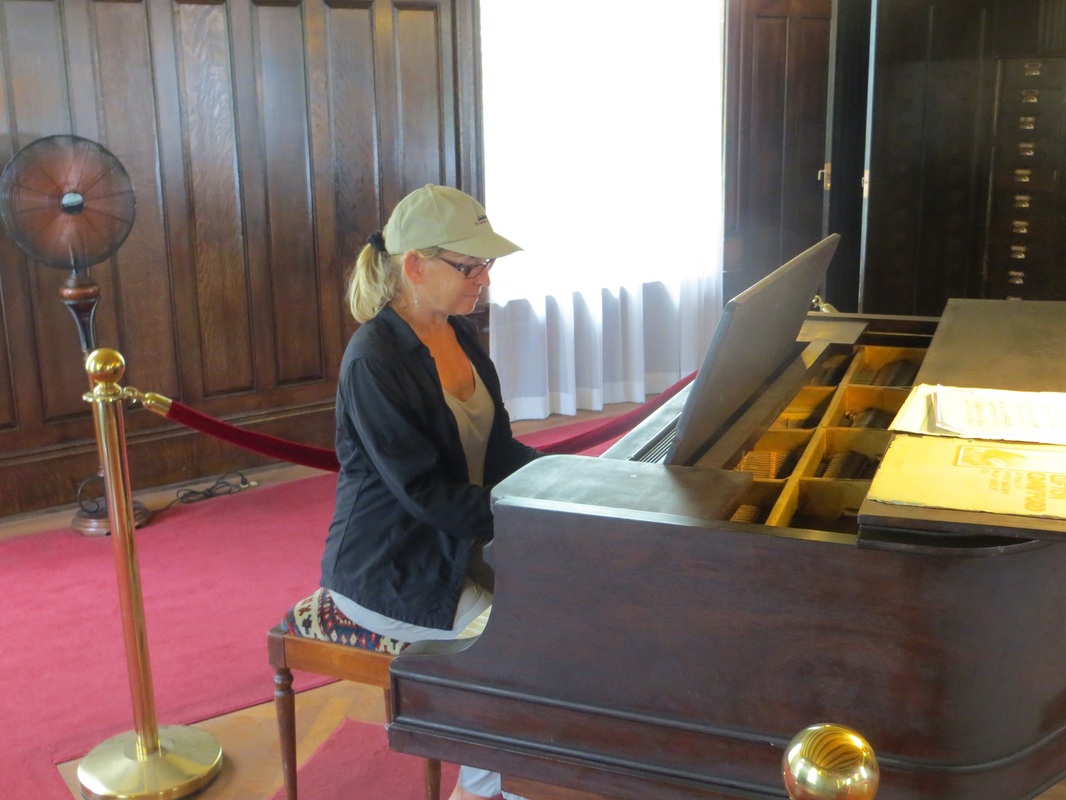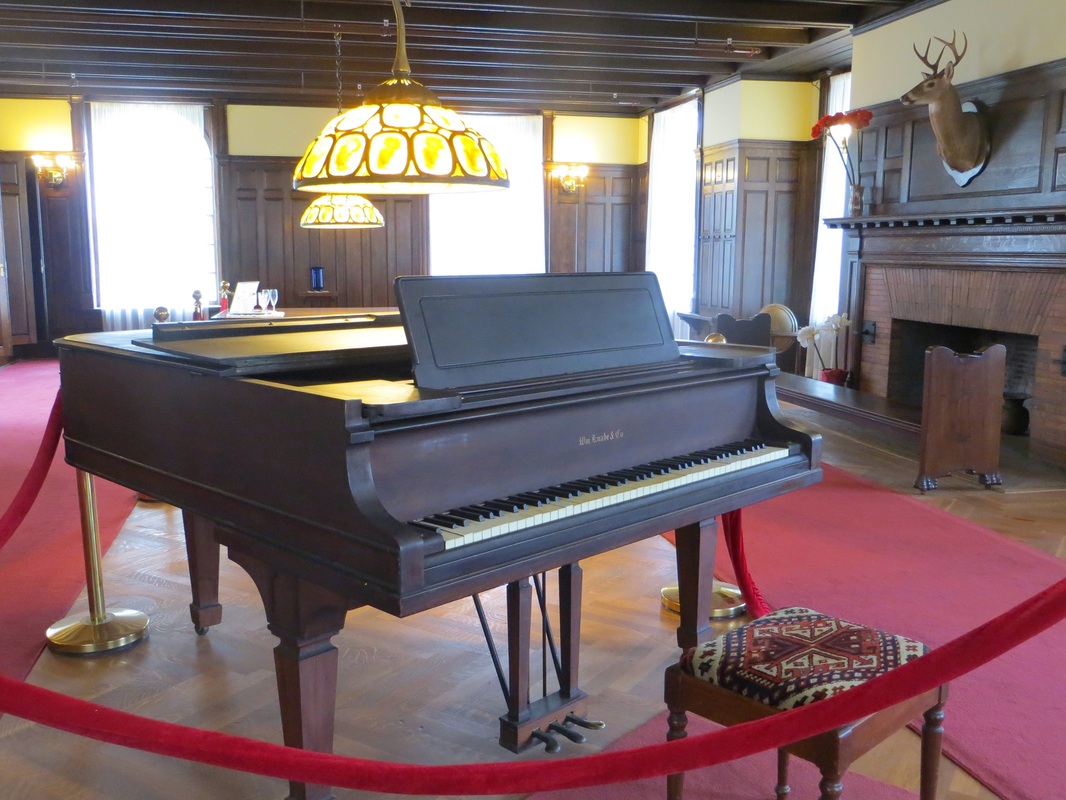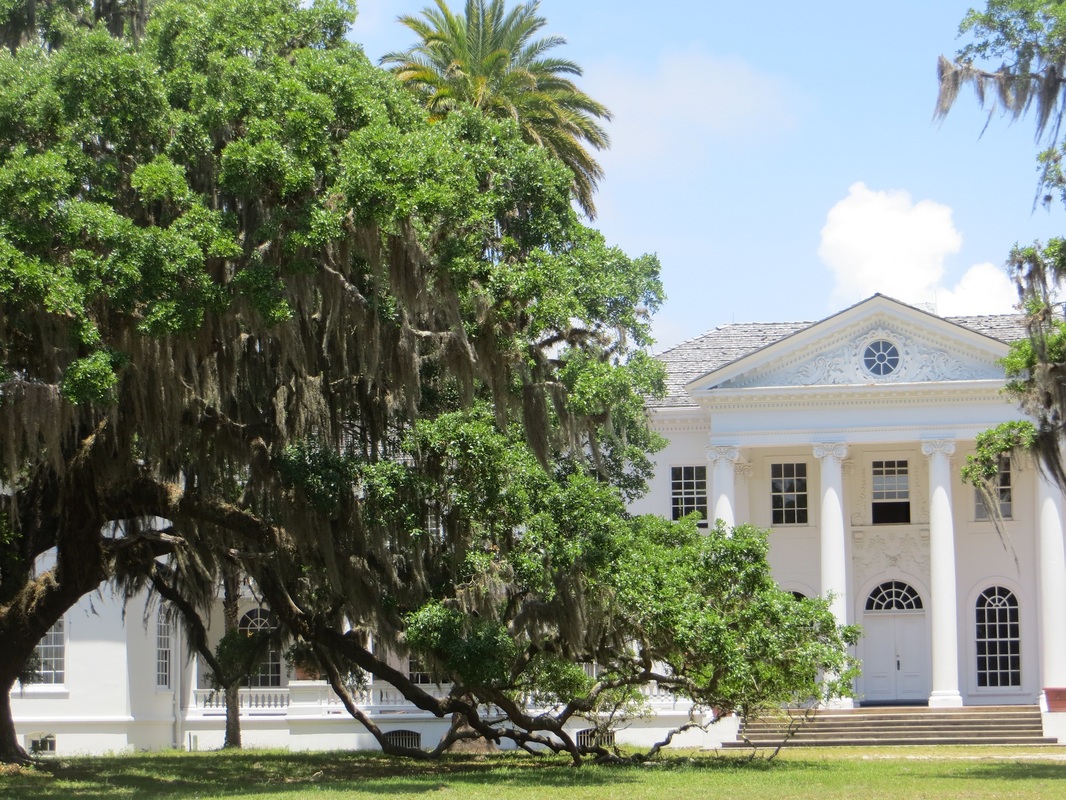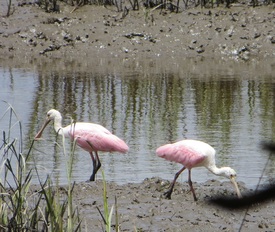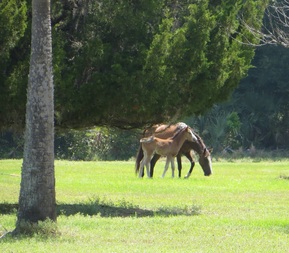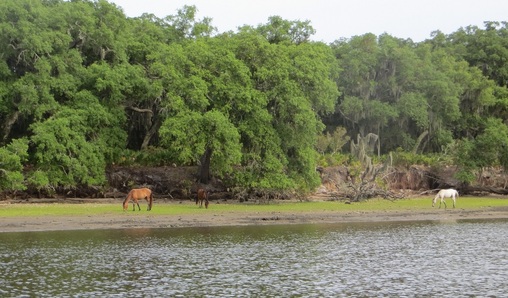- Anam Cara
- 2023
- 2021
- 2020
- 2019
- 2018
- 2017
- 2016
- Cruising 2015
- Cruising 2014
- Cruising 2013
- Cruising 2012
- Cruising 2011
-
Chicago to Florida 2010
- Cortez
- Marathon
- Ft. Pierce & Ft. Lauderdale
- St. Augustine
- Charleston to Cumberland Island
- Beaufort to Charleston
- Hampton to Beaufort
- New York to Hampton
- Hudson River
- Erie Canal
- Port Clinton
- Port Huron
- Charlevoix to Port Sanilac
- Manistee to Charlevoix
- Holland to Manistee
- St. Joe to Holland
- Hammond to St. Joe
- From the Boatyard to the Water
- Summer 2009 North Channel
- Summer 2008 Lake Michigan
- Summer 2007 To Chicago
- April 2007 Sarasota
- Buddies for Bob
- Mike's Motorcycle Journals
- Contact Us
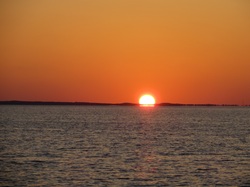
May 2, 2014
We sailed around the north end of the Berrys and anchored for two nights, at Hoffmans Cay and Little Harbor, waiting for a south wind. We had a couple of uncomfortable nights with current and surge in the both anchorages. A boat with a shallower draft or more determination to play the tides could have tucked in a bit more and done more exploring in the Berrys. Our original plan was to go to Spanish Wells in Eleuthera and then to the Abacos, but the wind had a different plan for us. We arrived in the Abacos after crossing the Northeast Providence Channel which is part of the Atlantic Ocean. Although we couldn’t go east to Spanish Wells, we had a good fast sail to the bottom of the Abacos. Unfortunately after we turned north, the waves were on the aft quarter, and we pitched and rolled side to side for the next 30 miles. It was quite uncomfortable, but the pass into the Sea of Abaco was very gentle.
We sailed around the north end of the Berrys and anchored for two nights, at Hoffmans Cay and Little Harbor, waiting for a south wind. We had a couple of uncomfortable nights with current and surge in the both anchorages. A boat with a shallower draft or more determination to play the tides could have tucked in a bit more and done more exploring in the Berrys. Our original plan was to go to Spanish Wells in Eleuthera and then to the Abacos, but the wind had a different plan for us. We arrived in the Abacos after crossing the Northeast Providence Channel which is part of the Atlantic Ocean. Although we couldn’t go east to Spanish Wells, we had a good fast sail to the bottom of the Abacos. Unfortunately after we turned north, the waves were on the aft quarter, and we pitched and rolled side to side for the next 30 miles. It was quite uncomfortable, but the pass into the Sea of Abaco was very gentle.
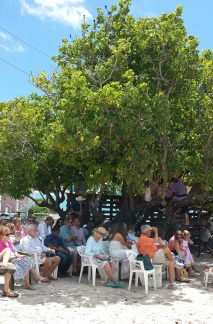
We visited with friends in Hope Town for a week and celebrated Easter on the island. Catholic Mass was in a park with a priest that serves several of the islands. The best part was the kids coming down from the treehouse for communion. From Hope Town, we spent a few days anchored to go snorkeling in Fowl Cay Preserve near Man O War and Great Guana Cay on the other side of Baker’s Bay. Our third day on the reef, we met THE SHARK. I am sure our encounter was more memorable to us than it was to him/her.
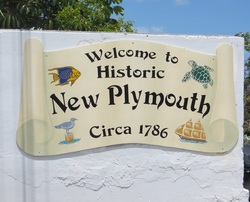
While talking to a couple that we met in Treasure Cay, they mentioned that they were going to Green Turtle Cay for the Island Roots Heritage Festival. After doing laundry, provisioning fresh food and gas for the dinghy and generator in Marsh Harbor, we made our way to Green Turtle Cay.
After a calm transit through Whale Cay passage, we arrived at Black Sound during high tide. Black Sound is at the southeastern end of Green Turtle Cay and near the village of New Plymouth. New Plymouth is a historical town whose roots go back to the Revolutionary War when Loyalists escaped from the newly formed United States. The town resembles a small New England village as well as a Bahamian village.
After a calm transit through Whale Cay passage, we arrived at Black Sound during high tide. Black Sound is at the southeastern end of Green Turtle Cay and near the village of New Plymouth. New Plymouth is a historical town whose roots go back to the Revolutionary War when Loyalists escaped from the newly formed United States. The town resembles a small New England village as well as a Bahamian village.
New Plymouth Memorial Sculpture Garden to honor the Loyalist descendants.
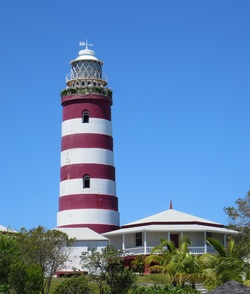 Elbow Cay Lighthouse in Hopetown
Elbow Cay Lighthouse in Hopetown
The Heritage Festival was very family friendly with tug of war, musical chairs and a maypole. The Royal Bahamas Police Force Marching Band performed several times a day. There was a Junkanoo parade, lots of good food, and craft booths. Both days we had fantastic conch salad that is made fresh while you wait. The traditional Bahamian food of mac ‘n cheese, peas and rice, rice with lobster and a desert of guava duff were enjoyed as well. In addition to the festivities, we attended presentations on conservation, bush medicine, Bahamian culture and lighthouses in the Bahamas. The Hope Town lighthouse was highlighted because it is the last kerosene manually operated lighthouse in the world.
A quick tour of the Island Heritage Festival
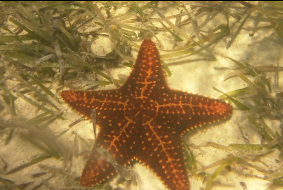
Many of the cruisers whom we met were going back to the States a day or two following the festival. We discussed weather and watched our weather apps to see what they would experience. At first we were not considering going home for a couple more weeks. The weather window appeared to be stable and a good opportunity for an easy crossing so the debate began to lean more and more to leaving the islands.
Monday morning’s high tide allowed us the opportunity to leave Green Turtle so we traveled to Manjack Cay only 5 miles away, still debating with ourselves whether we should stay or go. After more consultation with weather apps and discussion, we finally decided to take the weather window. We left at dawn and motored because of no wind until sundown. We anchored on the Bahama Banks and slept until 4 AM and motored to St. Augustine, FL. arriving 30 hours later. During our return crossing our autohelm worked perfectly, no parts fell off the boat, the engine didn’t stop running and we didn’t talk to the Navy or the Coast Guard! The only thing we had in common with our last crossing from the Bahamas was our safe arrival.
Returning to St. Augustine feels like coming “home” because we have a special affection for the city and people. We are happy to be back in the States but also miss the clear waters and simplicity of the Bahamas.
Monday morning’s high tide allowed us the opportunity to leave Green Turtle so we traveled to Manjack Cay only 5 miles away, still debating with ourselves whether we should stay or go. After more consultation with weather apps and discussion, we finally decided to take the weather window. We left at dawn and motored because of no wind until sundown. We anchored on the Bahama Banks and slept until 4 AM and motored to St. Augustine, FL. arriving 30 hours later. During our return crossing our autohelm worked perfectly, no parts fell off the boat, the engine didn’t stop running and we didn’t talk to the Navy or the Coast Guard! The only thing we had in common with our last crossing from the Bahamas was our safe arrival.
Returning to St. Augustine feels like coming “home” because we have a special affection for the city and people. We are happy to be back in the States but also miss the clear waters and simplicity of the Bahamas.
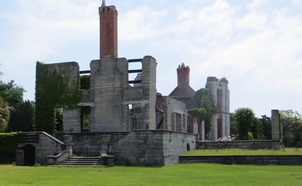
May 15, 2014
Monday, May 12, we left St. Augustine after visiting with friends and reacquainting ourselves with downtown St. Augustine. After a day of traveling, we are anchored at Cumberland Island, Georgia. The barrier island is designated a National Seashore and under the care of the National Park Service. The island has a fascinating history. Besides the Indians who were the original occupants, Spanish soldiers and missionaries lived here in the mid-1500s. At one point British troops occupied the island and built a fort at each end of the island. Revolutionary War hero Gen. Nathanael Greene purchased land on the island and his widow built a mansion called Dungeness. In 1884 Thomas and Lucy Carnegie purchased the land and built their mansion Dungeness over the foundation of the original Dungeness. All that is left of the main house is the ruins. It doesn't take much imagination to visualize the grandeur of the estate and what life was like during its heyday.
Monday, May 12, we left St. Augustine after visiting with friends and reacquainting ourselves with downtown St. Augustine. After a day of traveling, we are anchored at Cumberland Island, Georgia. The barrier island is designated a National Seashore and under the care of the National Park Service. The island has a fascinating history. Besides the Indians who were the original occupants, Spanish soldiers and missionaries lived here in the mid-1500s. At one point British troops occupied the island and built a fort at each end of the island. Revolutionary War hero Gen. Nathanael Greene purchased land on the island and his widow built a mansion called Dungeness. In 1884 Thomas and Lucy Carnegie purchased the land and built their mansion Dungeness over the foundation of the original Dungeness. All that is left of the main house is the ruins. It doesn't take much imagination to visualize the grandeur of the estate and what life was like during its heyday.
Plum Orchard
In 1898 Thomas and Lucy also build a mansion for their son George and his wife at Plum Orchard which was seven miles north of Dungeness. In 1971 the mansions and lands were donated to the National Parks Foundation by the Carnegie family.
Cruisers like to anchor at Cumberland Island and see the wild horses and walk around the live oaks, palm trees and beaches.
Plans for the summer and fall are taking shape. We will be in Beaufort, SC for June and part of July. We have figured out that we are leaving the boat in Brunswick, Georgia while we travel to Ireland in September and October.
